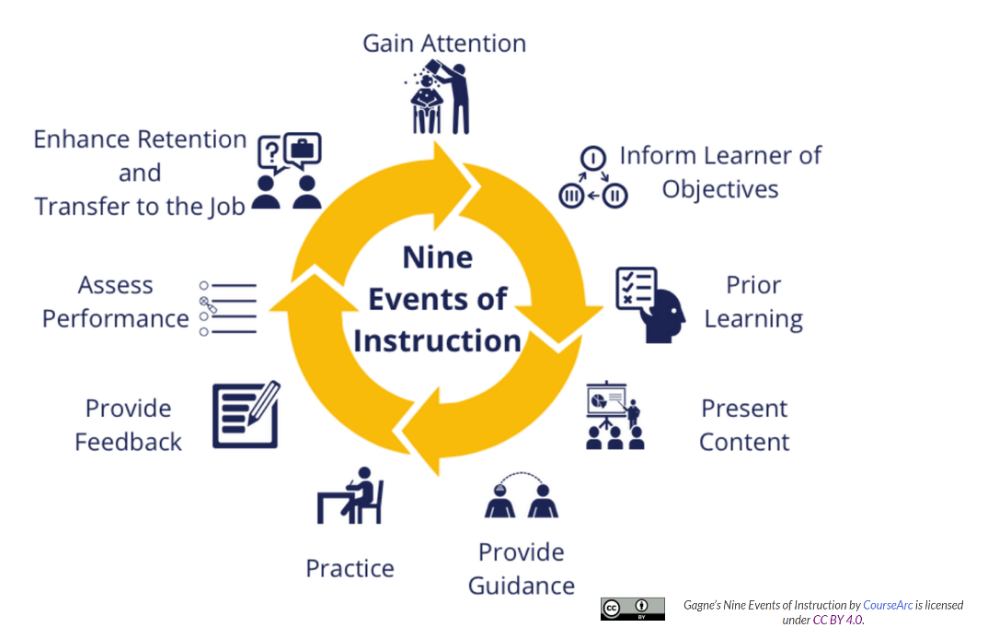John Hattie (University of Melbourne) and Greg Yates (University of South Australia) had joined forces in 2013 for their book “Visible Learning and the Science of How We Learn“. In 2014 they have co-authored another hands-on text about feedback in the classroom. Their paper has been published in “Applying Science of Learning in Education”, a publication by the American Psychological Association.
A feedback culture doesn’t only have one way to give or receive feedback. People prefer to receive feedback in many ways, and different situations call for different feedback channels. By providing a variety of feedback channels, you give employees the opportunity to give feedback in a way that they’re most comfortable in different situations. Curriculum Calendar Explore curriculum resources by date Lesson Planning Articles Timely and inspiring teaching ideas that you can apply in your classroom Solutions Educator Edition Save time lesson planning by exploring our library of educator reviews to over 550,000 open educational resources (OER). Giving effective feedback. Prioritize your ideas. Limit your feedback to the most important issues. Consider the feedback’s potential value to the receiver and how you would respond – could you act on the feedback? As well, too much feedback provided at a single time can be overwhelming to the recipient. Concentrate on the behaviour, not. In addition, curriculum materials need to be developed as a multiyear sequence that helps students develop increasingly sophisticated ideas across grades K-12 5, 25, 26. Curriculum materials (including technology) themselves are developed by a multicomponent system that includes for-profit publishers as well as grant-funded work in the.

Feedback in context
Using creative ways to get real-time feedback that is based on affective reasoning tells a real-time story about your event. Taking some of these ideas and modifying them, or even using them as inspiration, is going to achieve a better response rate as well as provide your attendees with some fond memories and photo opportunities.
Feedback in the classroom can be defined as “information allowing a learner to reduce the gap between what is evident currently and what could or should be the case”. But real-world scenarios do not always live up to this ideal. According to Hattie and Yates there might be an “empathy gap”:

Feedback Formeffective Curriculum Ideas Preschool
- Teachers claim they routinely give a lot of helpful feedback to their students.
- Trained classroom observers see very low levels of teacher-to-student feedback.
- Students report very little feedback from their teachers, “a few seconds a day.” They receive more feedback from their peers, but much of it is incorrect.
Quick take-aways related to feedback in the classroom

To improve this situation Hattie and Yates provide an engaging and accessible explanation of how effective feedback works. Here are some quick take-aways from the paper “Using feedback to promote learning”. You can download and read the full text here.
- Praise is a common form of feedback, but it is often unhelpful.
- Effective feedback is a common denominator of many of the top ten influences on achievement.
- Two feedback analogies
- “Computer video game”: Level it up. Make it not too hard, not too easy.
- “GPS device”: You know where you want to go, but lack specific knowledge about how to get there.
- Three Feedback questions:
- What is the goal?
- What progress is being made?
- What is the next step?
- When errors are welcomed, feedback is more effective.
- Feedback is different at different levels of mastery:
- Novice level: immediate feedback,
- Intermediate level: alternative strategies,
- Advanced level: self-regulated learning.
Source
Feedback Formeffective Curriculum Ideas Examples

Hattie, J.A.C. & Yates, G.C.R. (2014). Using feedback to promote learning. In Benassi, V. A., Overson, C. E., & Hakala, C. M.(eds), Applying the science of learning in education: Infusing psychological science into the curriculum (pp 45-58) Washington, DC: American Psychological Association. Free PDF download available: http://teachpsych.org/ebooks/asle2014/
Feedback Formeffective Curriculum Ideas 4th Grade
Posted in Feedback, Visible Learning
